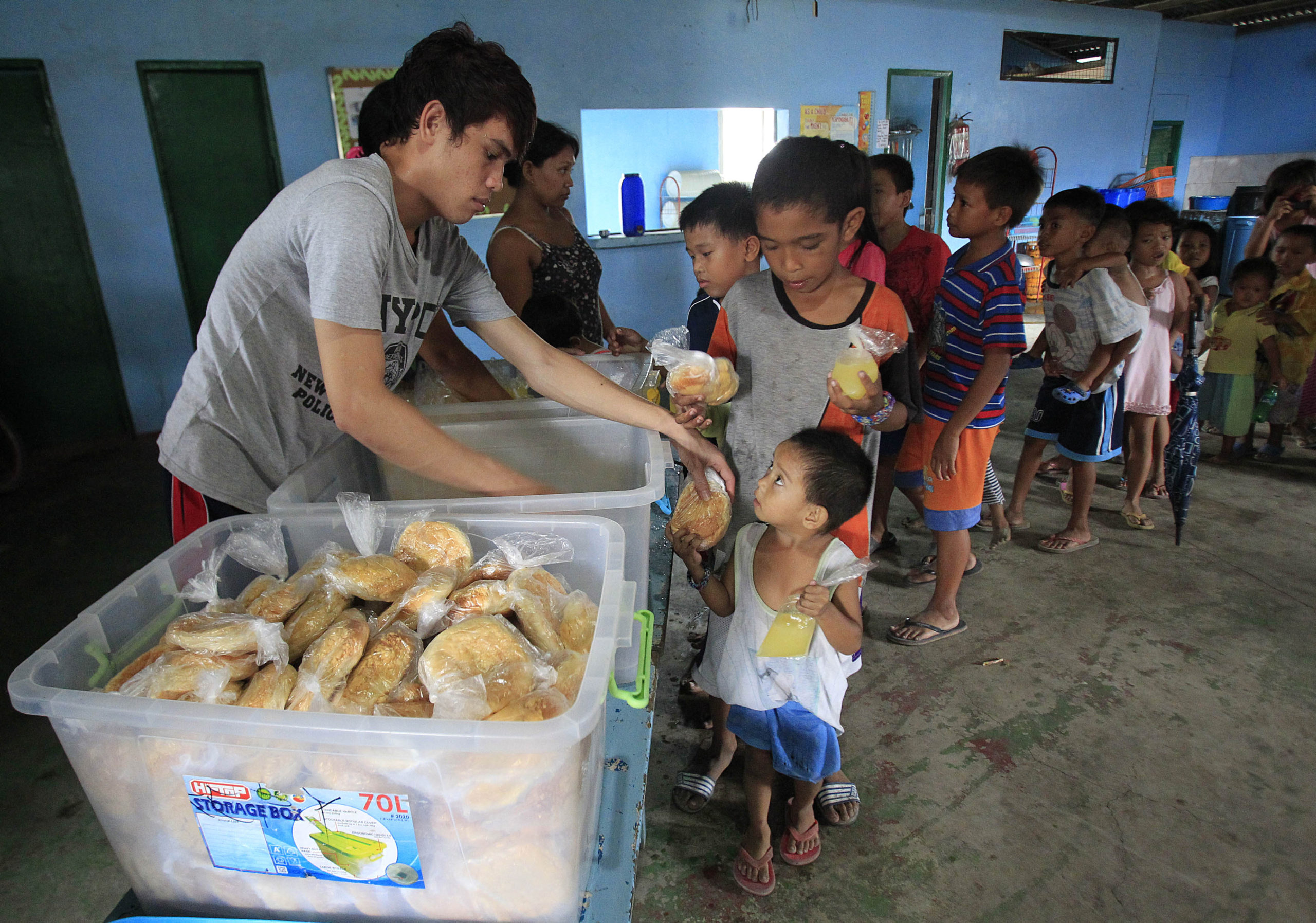Pandemic sets back Asia-Pacific’s poverty fight by 2 years – ADB

FILE PHOTO: Children queue for a free meal during a feeding program by outreach group World Mission Community Care, at a slum area in the Baseco compound, metro Manila July 30, 2014. REUTERS/Romeo Ranoco
MANILA – The pandemic has set back the fight against poverty in the Asia-Pacific region by at least two years, and many nations will find it harder to escape poverty, the Asian Development Bank (ADB) said on Wednesday.
Had the pandemic not happened, the proportion of people in the region facing extreme poverty – defined as those living on less than $1.90 a day – could have eased to 2.9 percent in 2020 instead of rising to 5 percent. The figure stood at 3.8 percent in 2021 and is projected at 3 percent this year.
Extreme poverty is expected to drop below 1 percent of the population by 2030, the Manila-based lender said in a report.
At least 20 percent of developing Asia’s population were either extremely or moderately poor in 2021. This proportion could be halved by 2030 if governments focus on resilience, innovation, and inclusiveness to provide more balanced economic opportunities and greater social mobility, the ADB said.
“The poor and the vulnerable have been hit hardest by COVID-19, and while economies are recovering, many people may find that getting out of poverty is even more difficult than before,” said ADB chief economist Albert Park.
Uncertainties like the full impact of learning losses challenge the chances of poor people of moving to a higher economic level, the ADB said.
Only about half the region’s economies have reverted to their pre-pandemic levels in terms of gross domestic product growth, and economic recovery remains volatile owing to new COVID-19 variants and global economic uncertainty caused by Russia’s invasion of Ukraine, the ADB said.
Since the pandemic started, certain risks have become more acute, including job uncertainty, mental health deterioration, extreme weather, cybersecurity failures and infectious diseases, the report said.